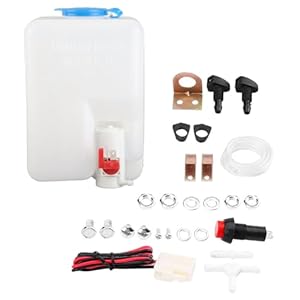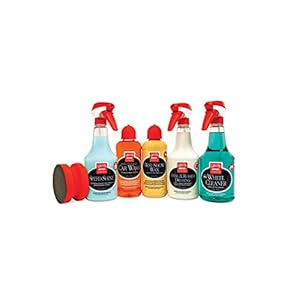
When overtaking on highways, ensuring your safety and that of others is paramount. It all starts with meticulous preparation and precision execution. From adjusting your mirrors to signaling your intentions, each step plays a vital role in the seamless completion of this maneuver. But, remember, there’s more to safe overtaking than meets the eye. Stay tuned to discover the finer details that will elevate your highway driving skills to the next level.
Importance of Proper Visibility
To ensure safe overtaking on highways, having clear visibility of the road ahead is crucial. When preparing to overtake another vehicle, make sure your mirrors are properly adjusted to minimize blind spots. Glance over your shoulder quickly to double-check before changing lanes.
As you approach the vehicle you intend to pass, maintain a safe following distance to ensure you have ample time to react to any sudden changes. Remember, visibility can be affected by various factors such as weather conditions, time of day, and the presence of obstacles on the road.
Stay focused and alert, scanning the road ahead continuously for any potential hazards. Utilize your headlights and signals effectively to communicate your intentions to other drivers. By prioritizing visibility and attentiveness, you can significantly reduce the risks associated with overtaking on highways.
Understanding Speed and Distance
Properly gauging your speed and maintaining a safe distance from other vehicles are vital aspects of safe overtaking on highways. When preparing to overtake, ensure you’re traveling at a speed that allows for a swift and safe pass. Your speed should be significantly higher than the vehicle you intend to overtake to minimize the time spent in the oncoming lane. However, it’s crucial not to exceed the speed limit or drive recklessly. Keep in mind that the faster you’re driving, the longer it will take to overtake safely.
Maintaining a safe distance from the vehicle ahead is equally important. This distance provides you with the necessary reaction time in case of sudden maneuvers or braking. As a general rule, leave at least a two-second gap between your vehicle and the one in front. In adverse weather conditions or at higher speeds, increase this distance to ensure you have ample time to react and overtake safely. Remember, speed and distance go hand in hand when it comes to safe overtaking on highways.
Utilizing Turn Signals Effectively
When preparing to overtake on highways, ensure your turn signals are utilized effectively to communicate your intentions clearly to other drivers. Using your turn signals is crucial for indicating your desire to change lanes or pass another vehicle. Before you start the overtaking maneuver, activate your turn signal in advance. This gives drivers around you time to anticipate your actions, promoting a smoother and safer transition. Remember to turn off your signal after completing the overtake to avoid confusion.
Properly signaling your intentions also helps prevent misunderstandings and potential accidents. Drivers rely on these signals to gauge when it’s safe to merge or pass. Failing to use your turn signals appropriately can lead to confusion and may result in dangerous situations on the road. By signaling early and consistently, you contribute to a more predictable driving environment for everyone. Remember, a simple flick of the wrist can make a significant difference in highway safety.
Maintaining Safe Following Distance
Ensure a safe distance between your vehicle and the one ahead to maintain safety on the highway. Keeping a proper following distance is crucial for your safety and that of others on the road. By maintaining a sufficient gap between your vehicle and the one in front, you give yourself more time to react to sudden stops or changes in traffic conditions.
To determine the right following distance, use the three-second rule. Pick a fixed point like a sign or a tree. When the vehicle ahead passes that point, start counting. You should pass the same point at least three seconds later. Increase this to four seconds in adverse weather conditions or when driving at higher speeds.
Automotive & Tools














